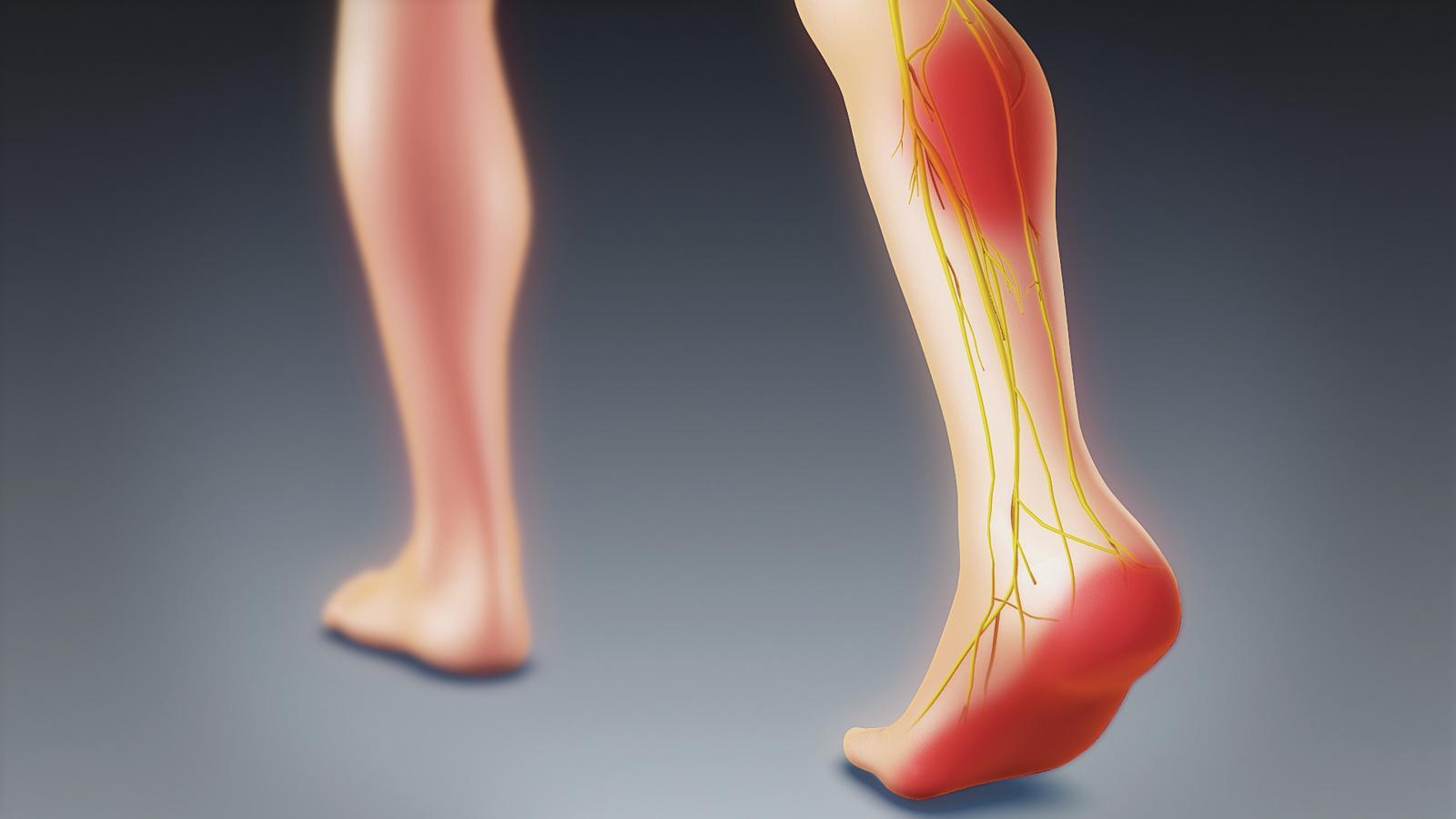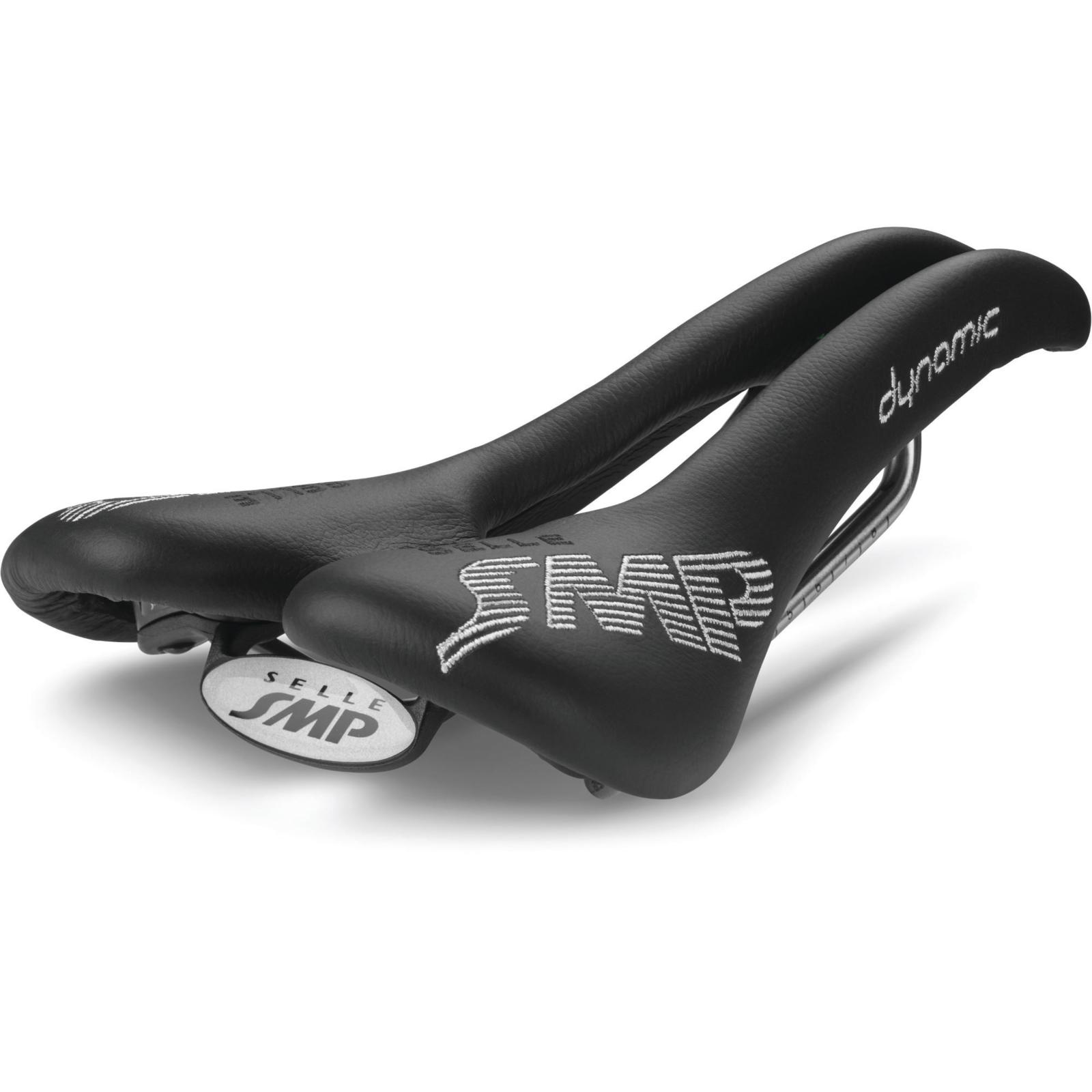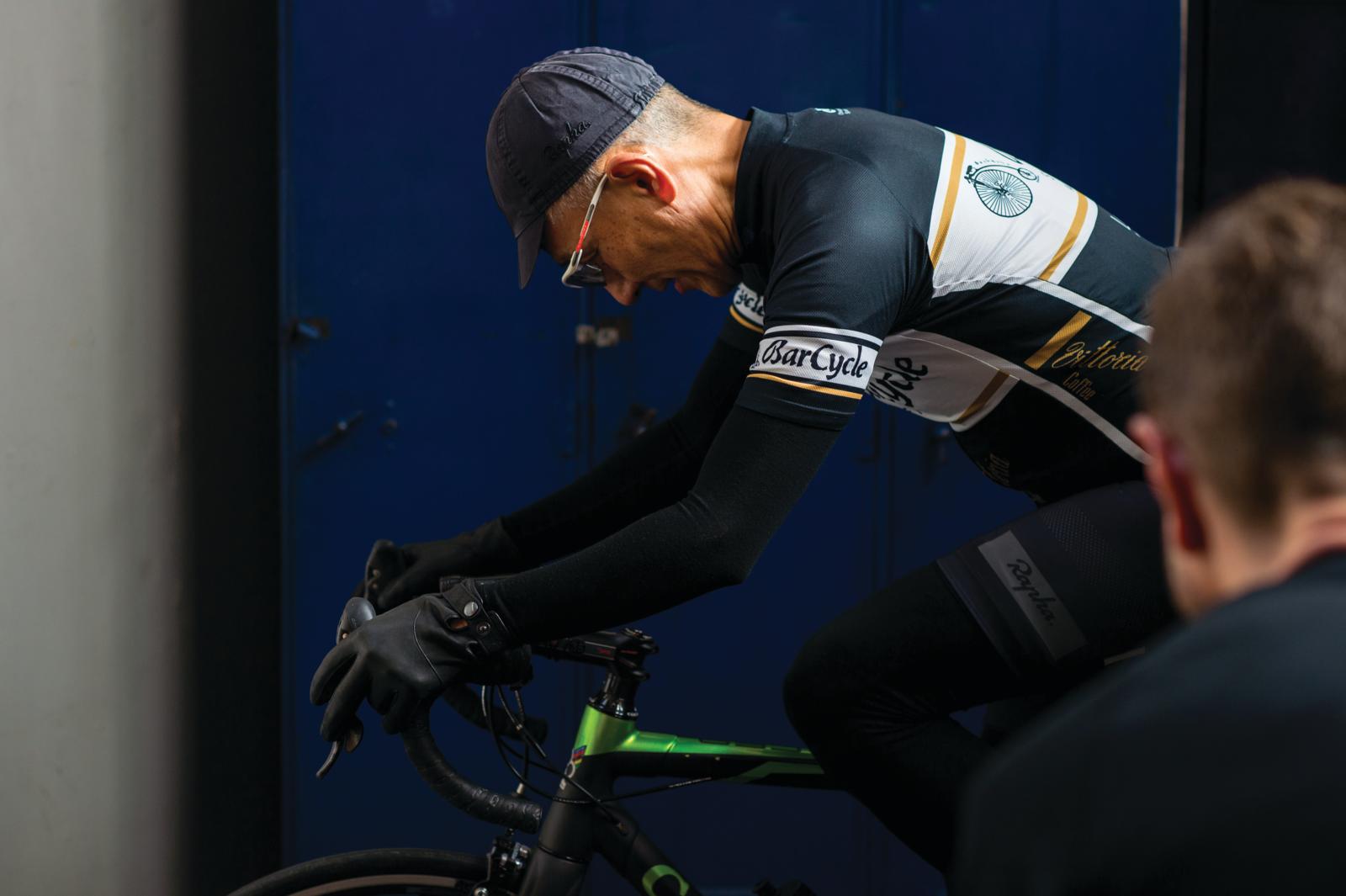It’s one of the more common ailments with a surprising percentage of the population suffering lower back pain and the dreaded effects of sciatica.

Just the mention of the word can make anyone who’s previously suffered wince in pain … yes, it’s sciatica, a lower back condition that affects a large percentage of the population – particularly those in their 30s, 40s and beyond.
It often comes on after strenuous physical activity, and it’s agonising effects can last two or more weeks. Common symptoms include referred pain from the lower back down one leg. This pain can be felt anywhere along the sciatic nerve – from deep in the thigh way down to tingling under the foot.
For a detailed and professional explanation of sciatica we spoke with Sydney-based Physiotherapist Peter Sharp, a keen cyclist and specialist in the field.
Bicycling Australia: Sciatica – we know the term generally refers to leg pain stemming from the lower back, but can you tell us a little more?
Peter Sharp: Sciatica is a common but old-fashioned term. It is better known now as ‘radicular pain’; there’s nerve root involvement from your back. Symptoms include pain in certain distributions of the leg, worse than the back pain, and worse with coughing/sneezing/straining.
BA: And the level of pain?
PS: The whole spectrum – from mild tightness in the leg to being too painful to walk!
BA: So who are the prime candidates?
PS: 58-84% of people have back pain in their lifetime. It’s more likely in those with previous episodes of back pain, have other physical or mental health conditions, smokers, physically demanding jobs and obese individuals.
BA: What is your advice for someone starting to suffer sciatica-like symptoms?
PS: Consult a health professional. There’s no point waiting and sometimes you can be back on the bike quickly. They can also rule out nastier causes of back pain, e.g. fractures, although these are very rare at less than 1%.

BA: Cycling and sciatica… we put a post on our social channels and were surprised by the widespread response and interest. Broadly speaking, many say that cycling has indeed helped – is this your finding?
PS: Physical activity is great and cycling is relatively low impact. Cycling can be harder if it’s particularly painful, so easy walking (even in a pool) can be a good start.
BA: You gave us an interesting and surprising statistic on lower back pain – can you elaborate on this?
PS: It’s the leading cause of disability worldwide and accounted for around 4 million working days lost per year. The cost of this stacks up!

BA: So what can readers do to help minimise or prevent lower back pain and, ultimately, sciatica?
PS: Keep healthy and active! Be smart with your training. Schedule recovery after big events or heavy training loads. Get your bike set up properly if you’re getting niggles. Don’t neglect strength training too – it will make you a stronger cyclist and you’ll be a more physically capable human being.
BA: We do appreciate your time and professional opinion & advice – for readers who’d like to get in touch, how can they contact you?
PS: You can get in touch by making an appointment, via our website (www.dorastreetphysiotherapy.com), or by phone (02 95809020).
Bike Fit & Saddle Height Can Make The Difference
Elliot Denver is a physiotherapist and specialist bike fitter at The Body Mechanic in Lavender Bay, Sydney.
We asked his thoughts on the subject and he was quick to point out the critical importance of both a professional bike fit and the use of a high quality saddle such as the revered Selle SMP.
“Sciatica, or any neural symptoms in the buttocks or legs is a very common presentation,” he told us.

“Depending on the severity of the symptoms, it is very often possible to continue riding, at light intensity. This actually helps recovery in preference to refraining from all exercise or movement.”
A bike fit is very important; especially the saddle, Elliot said.
“One with a cut-out and sway-back can really help as it promotes a neutral lumbar spine, or flat lower back. If the rider gets fatigued or lazy, they will tend to flex the lower back i.e. round forward which stresses the lumbar spine joints and can exacerbate sciatica symptoms. A neutral spine can help to alleviate this.”
For further details visit www.thebodymechanic.com.au







